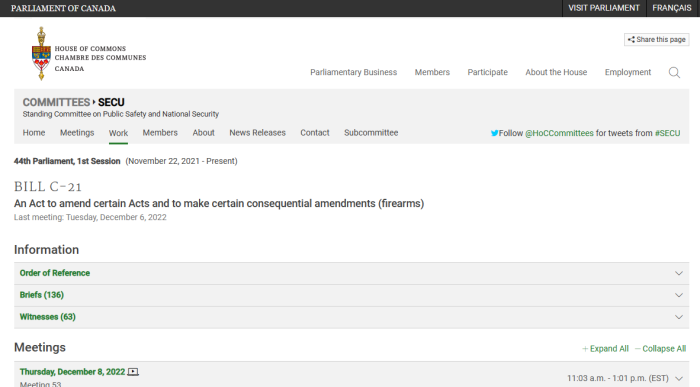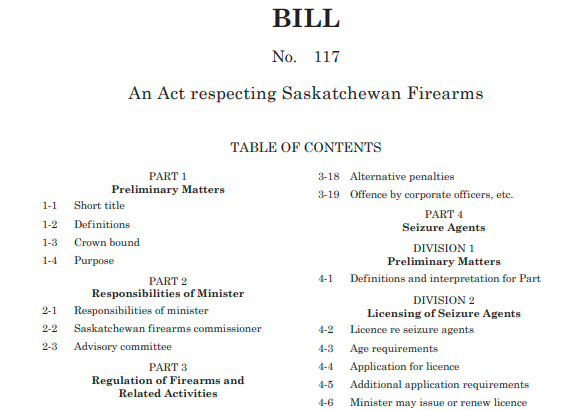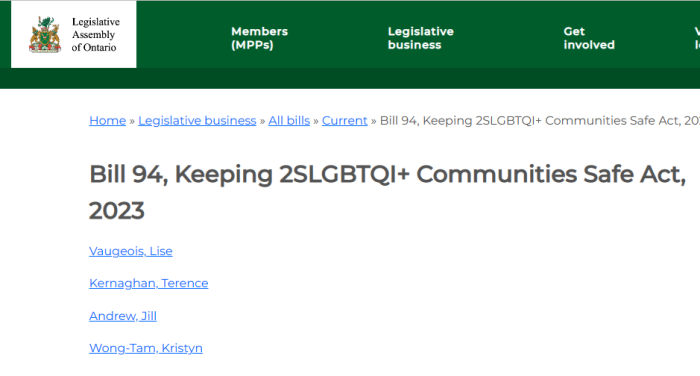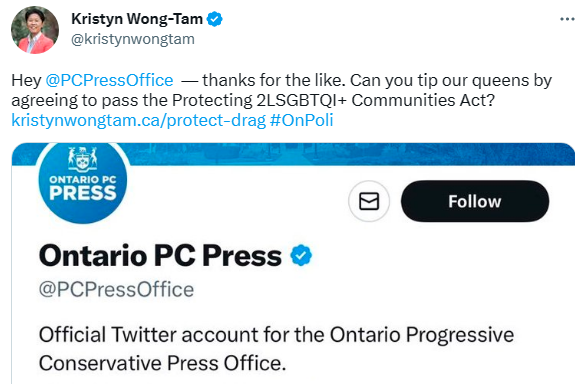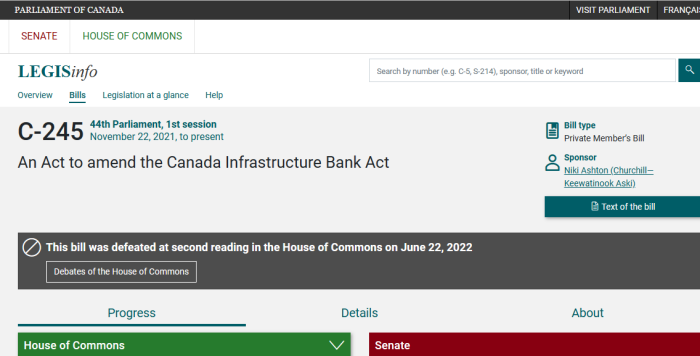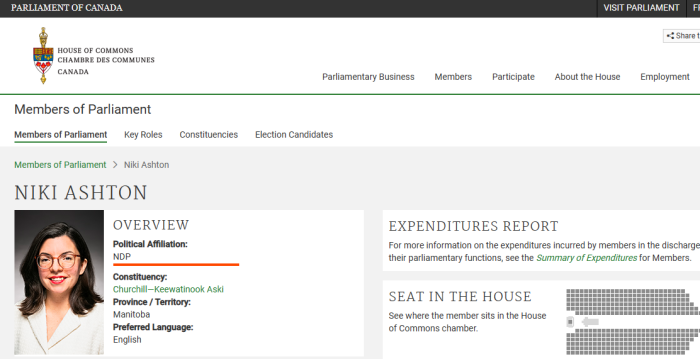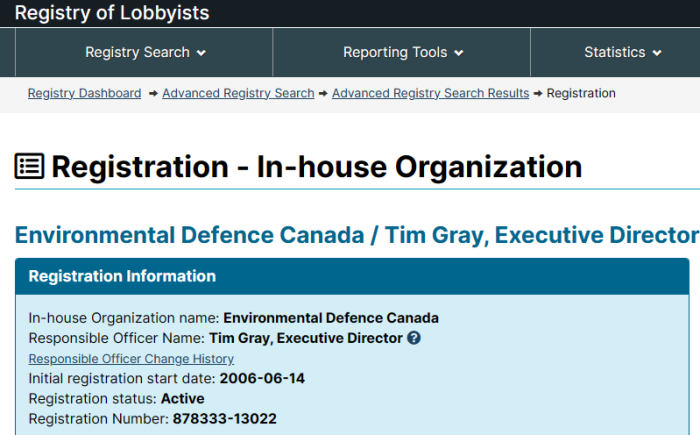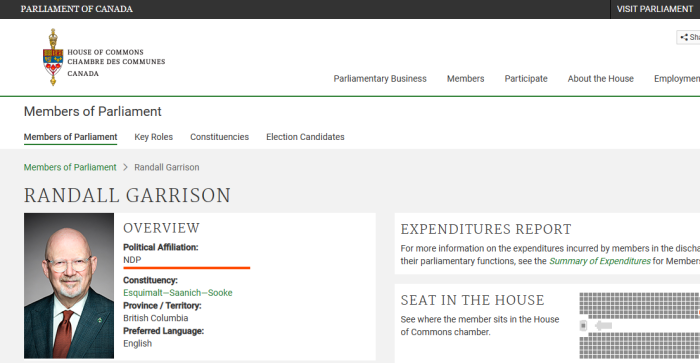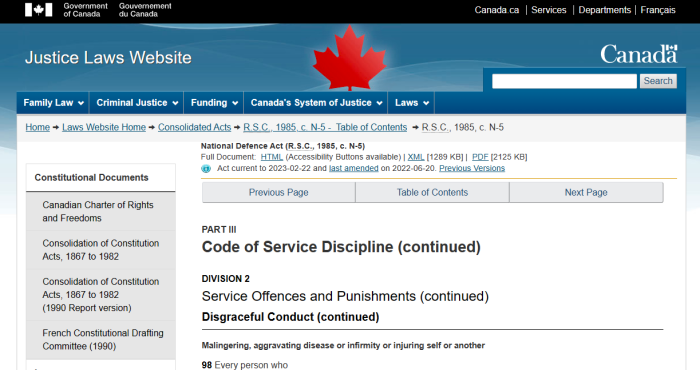
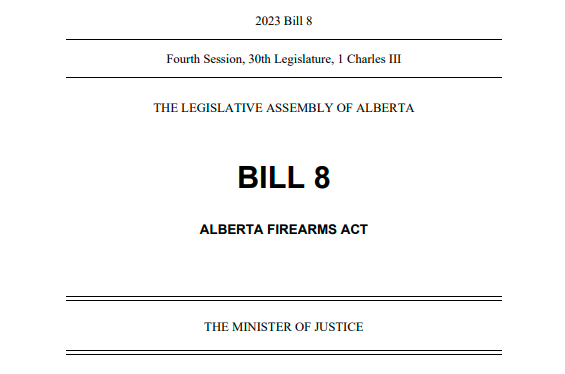

A month ago, the Alberta Government introduced Bill 8, the Alberta Firearms Act. This was sold as a protective measure to keep the Federal Government (or Trudeau, more specifically) from further encroaching on the gun rights of legal owners.
It was presented as a way to circumvent a 2020 Order-In-Council that made some 1,500 models of firearms “prohibited” overnight. Alberta wouldn’t play along with the gun grab that was to result from it.
Bill 8, which is widely expected to become law in the near future. It has passed Third Reading, and is awaiting Royal Assent. (See archive.)
Tyler Shandro, who is now the Minister of Justice and Attorney General, has been hyping up the legislation. He’s a bizarre choice, to be blunt. During his time as Health Minister, he was famous for imposing lockdown measures, and punishing people who dared to resist.
However, despite all the public attention this firearms piece gets, this legislation isn’t anywhere close to what its being presented as.
Here are some highlights:
Section 8 gives the Province the right to act as a seizure agent, or to contract out with a company to hire seizure agents.
Section 9 gives the Minister the right to impose conditions of licencing.
Section 10 requires seizure agents to be licensed.
Section 11 sets out a compensation scheme for seized firearms and ammunition.
Section 12 gives the Minister the power to set out a program for forensic and ballistic testing of firearms that are seized.
Section 13 establishes penalties for seizure agents who fail to comply with their licencing and other requirements.
Section 14 makes directors of corporations liable if they were in any way involved in the decision making process which led to violations of the Act.
Now, before anyone thinks that this will somehow protect gun owners, here’s what can be changed by regulation. This means changed without debate.
Regulations
15 The Lieutenant Governor in Council may make regulations
(a) establishing types or classes of licences;
(b) prescribing types or classes of firearms, ammunition, accessories and parts in respect of which this Part and the regulations made under this Part apply;
(c) prescribing persons or classes of persons who are required to hold a licence;
(d) prescribing persons or classes of persons who are not required to hold or are prohibited from holding a licence;
(e) prescribing activities that licensees are authorized to carry out and prohibiting the carrying out of those activities without a licence;
(f) respecting the powers, duties and functions of licensees;
(g) respecting applications for the issuance and renewal of licences;
(h) respecting application fees, including regulations
(i) authorizing the Minister to charge application fees, and
(ii) fixing the amount of those fees;
(i) respecting the requirements that must be met for the issuance or renewal of licences;
(j) respecting the circumstances in which the Minister may refuse to issue or renew licences;
(k) respecting terms and conditions that the Minister may impose on licences;
(l) respecting the term of licences;
(m) respecting the amendment, suspension and cancellation of licences;
(n) respecting the requirement to return expired, suspended, cancelled or otherwise invalid licences;
(o) respecting requirements that licensees must meet as a condition of holding a licence;
(p) respecting records and other documents that licensees are required to keep for the purposes of this Part and the manner in which such records and documents are to be kept;
(q) respecting the prohibition, regulation and control of advertising by licensees;
(r) respecting complaints relating to licensees;
(s) respecting inspections and investigations relating to licensees, including regulations
(i) authorizing the Minister to appoint inspectors and investigators,
(ii) prescribing the circumstances in which inspections and investigations may be or are required to be carried out,
(iii) respecting the powers, duties and functions of inspectors and investigators,
(iv) respecting procedural and evidentiary matters relating to inspections and investigations,
(v) respecting the production of records, documents, objects and information, and
(vi) respecting entry and searches of premises;
(t) respecting the seizure by licensees of firearms, ammunition, accessories and parts;
(u) respecting the rights of persons from whom firearms, ammunition, accessories and parts are seized to make
written representations;
(v) respecting the transportation by licensees of seized firearms, ammunition, accessories and parts;
(w) respecting the storage by licensees of seized firearms, ammunition, accessories and parts;
(x) respecting the modification, destruction and deactivation by licensees of seized firearms, ammunition, accessories and parts;
(y) respecting identification and uniforms for licensees;
(z) respecting safety requirements for licensees;
(aa) respecting the reporting of incidents involving the use of force or other unusual interventions;
(bb) respecting the establishment, implementation and operation of a compensation program;
(cc) respecting the payment of compensation, including regulations respecting the circumstances in which
compensation is payable and by whom it is payable;
(dd) respecting the factors to be considered for the payment of compensation;
(ee) respecting the determination of the fair market value of firearms, ammunition, accessories and parts for the
purposes of the payment of compensation, including regulations respecting methods to be used to determine
fair market value;
(ff) respecting information and documents that the Chief Firearms Officer may request for the purposes of determining the fair market value of firearms, ammunition, accessories and parts;
(gg) respecting firearms compensation committees, including regulations respecting
(i) the establishment and composition of firearms compensation committees,
(ii) the reimbursement of members of firearms compensation committees for expenses, and
(iii) the powers, duties and functions of firearms compensation committees;
(hh) respecting exemptions from the requirement to pay compensation or circumstances in which the payment of
compensation is prohibited;
(ii) respecting the establishment, implementation and operation of a testing program;
(jj) respecting the submission of seized firearms, ammunition, accessories and parts to a testing program;
(kk) respecting the forensic and ballistic testing of seized firearms, ammunition, accessories and parts;
(ll) respecting the designation by the Chief Firearms Officer of approved testing facilities;
(mm) respecting the powers, duties and functions of approved testing facilities;
(nn) respecting the powers, duties and functions of the Chief Firearms Officer and the Minister for the purposes of this Part;
(oo) prescribing provisions of this Part or the regulations made under this Part or terms and conditions of licences for the purposes of section 13(2);
(pp) prescribing penalties for the purposes of section 13(2).
Federally, and soon in Saskatchewan as well, there are provisions that circumvent the democratic process. If basic rights can be “altered” by regulation changes, then nothing is secure.
Scott Moe and Danielle Smith are implementing much the same thing they criticize Trudeau about.
As with the Saskatchewan Act, the provision allowing for regulation changes on documentation and record keeping leave open the possibility of a new gun registry emerging from this.
Section 15 of the Alberta Act, Section 6-8 of the Saskatchewan Act, and Section 117 Federally all serve the same purpose. They allow firearms “rights” to be gutted by regulation changes, and without democratic debate or mandate.
Section 16 states that a municipality or police force must abide by these regulations before entering into any agreement with the Canadian Government, or accepting any funding.
Section 17 gives the Crown, the Minister, the Chief Firearms Officer, a firearms officer, a member of a firearms compensation committee or any employee of the Crown protection against legal action.
Section 18 goes through another (albeit shorter) list of regulatory changes that the Lieutenant Governor in Council can make. Again, no vote in Parliament would be needed for this.
(a) prescribing enactments of Canada for the purposes of section 1(g)(ii);
(b) prescribing other responsibilities of the Chief Firearms Officer for the purposes of section 3(j);
(c) prescribing matters for the purposes of section 5(1)(b);
(d) prescribing requirements that must be met for the purposes of section 16;
(e) respecting the collection, use and disclosure of information, including personal information, for the purposes of this Act and the regulations;
(f) respecting the confidentiality of information collected under or for the purposes of this Act and the regulations;
(g) respecting the exemption from the application of all or any provision of this Act or the regulations of
(i) any person or class of persons, and
(ii) any firearm, ammunition, accessory or part or class of firearms, ammunition, accessories or parts;
(h) varying the application of all or any provision of this Act or the regulations to
(i) any person or class of persons, and
(ii) any firearm, ammunition, accessory or part or class of firearms, ammunition, accessories or parts;
(i) defining, for the purposes of this Act, any word or phrase used but not defined in this Act;
(j) respecting any other matter or thing that the Lieutenant Governor in Council considers necessary to carry out the purposes of this Act.
As with both the Federal and Saskatchewan Acts, there’s a clause (j) that allows for pretty much anything else that’s “considered necessary”, but without defining what that is.
About (e), what are the limits of “respecting the collection, use and disclosure of information, including personal information, for the purposes of this Act and the regulations”? That’s also undefined. Again, all of this can be changed without a vote in the Legislature.
(g) leaves open the possibility of declaring entire classes of firearms to be prohibited.
An observation: the Alberta and Saskatchewan Acts are written with wording that is nearly identical in many cases. Perhaps the same people wrote both documents.
This is yet another Bill that sounds great when it’s announced, but that really needs to be carefully read by constituents.
(1) https://www.assembly.ab.ca/assembly-business/
(2) https://www.assembly.ab.ca/assembly-business/bills/bill?billinfoid=11997&from=bills
(3) https://docs.assembly.ab.ca/LADDAR_files/docs/bills/bill/legislature_30/session_4/20221129_bill-008.pdf
(4) Alberta Firearms Act Full Text
(5) https://twitter.com/ABDanielleSmith/status/1634596199130083328
(6) https://twitter.com/shandro/status/1634364239338151936
(7) https://orders-in-council.canada.ca/attachment.php?attach=39208&lang=en
(8) https://canucklaw.ca/canada-firearms-act-and-other-backdoored-legislation/
(9) https://canucklaw.ca/saskatchewan-firearms-act-bill-117-backdoored-and-worthless/
Like this:
Like Loading...

